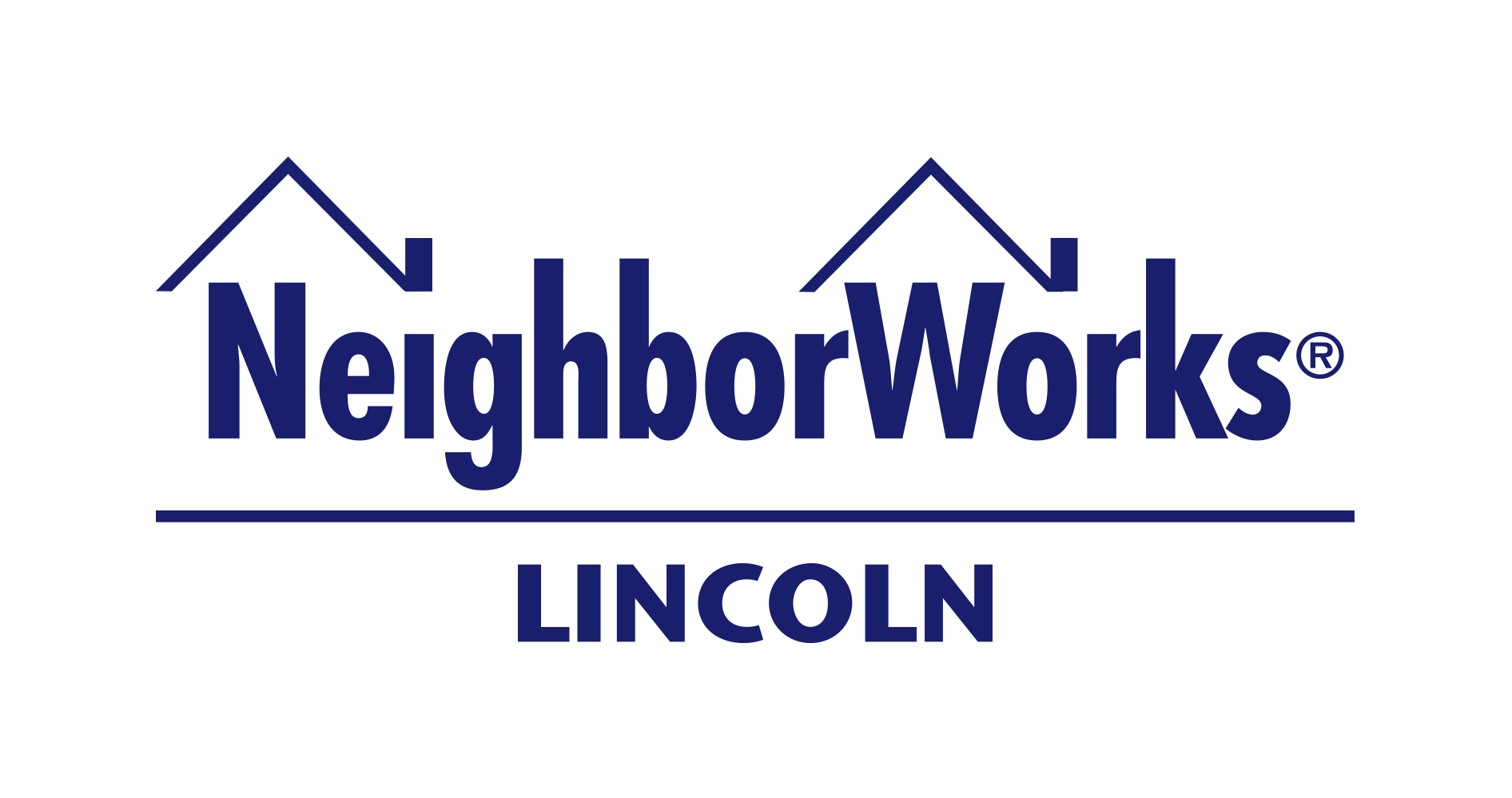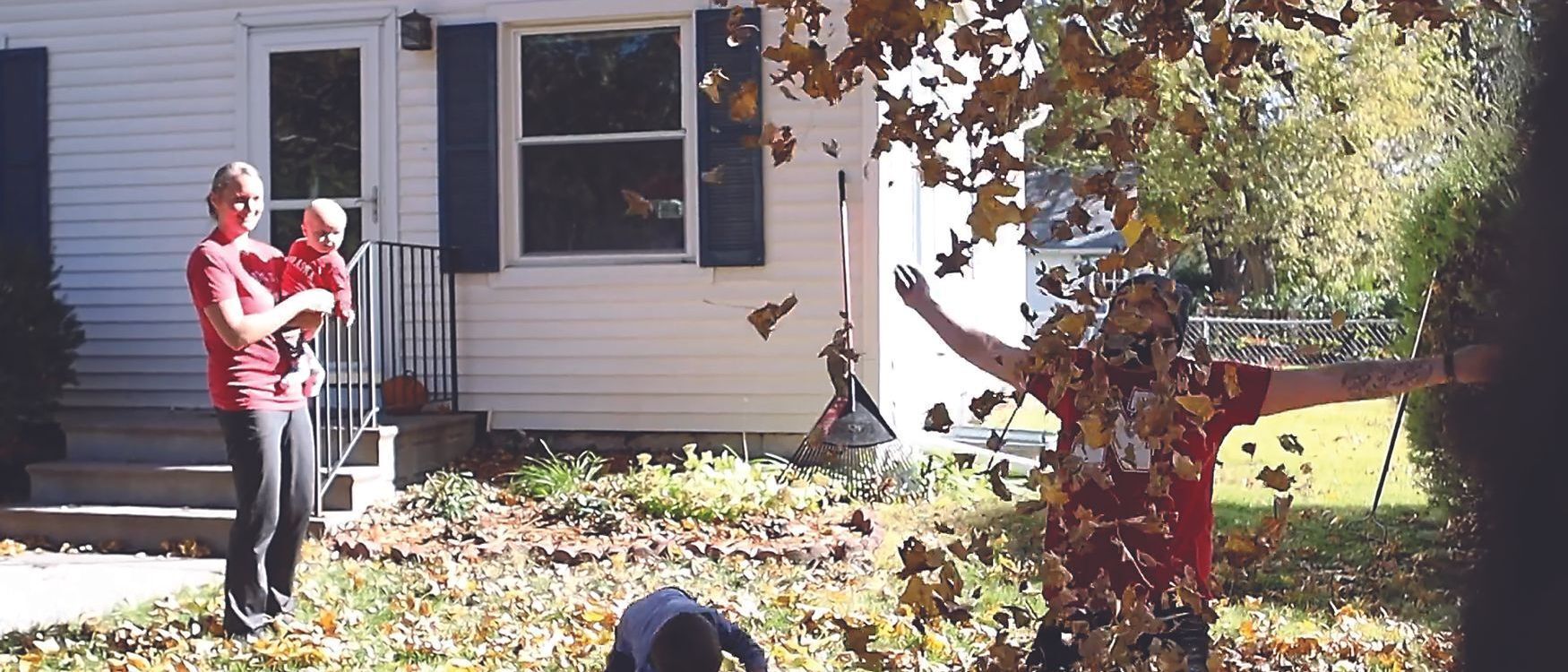What does it mean to say housing is "affordable"? Check out the article below and accompanying podcast from Shelterforce.
Philosophically
At the most basic level, housing is "affordable" if, after you pay for it, you still have enough left over to cover the rest of your basic expenses. Of course this is finicky to measure, because what constitutes "enough for basic expenses" can be a matter of opinion. Also, different households have different kinds of expenses (for example, medical expenses, larger families, or transportation costs based on location).
The 30% Rule
Because the meaning of “enough” varies so much, we have established a proxy - we consider housing to be affordable to the people living there if that household spends no more than 30% of its income on it. This rule is not relevant at income extremes - the very rich could obviously spend more than 30% of their income on housing and still have plenty left over, while below a certain income threshold no housing expense will leave enough to meet basic necessities. However, though it is arbitrary and doesn’t always tell the whole story, for a fairly wide income band the 30% rule lines up decently well.
The rule explains whether a given home is affordable to a given household. But it still doesn’t tell us what is meant when someone says they are “building affordable housing” somewhere (or preserving it, or creating it in existing buildings). In that case, the first question to ask is “affordable to whom?” The next questions are “available to whom?”, “made affordable how?” and “affordable for how long?”
Affordable to Whom?
With no other qualifications, “affordable housing” in the United States typically refers to housing whose cost is affordable to households that make somewhere between 40 and 80% of the area median income (AMI).
Below 80% of AMI is how the U.S. Department of Housing and Urban Development officially defines “low income” - but be careful about making assumptions. Area median incomes are calculated at the metropolitan level, so for many areas they can be quite high. In those cases, “affordable housing” might be targeted to people who wouldn’t have considered themselves low income.
On the other hand, in some less-affluent neighborhoods, official “affordable housing” might be too expensive for most of the people who already live there. And in metropolitan areas with lower housing costs overall, official “affordable housing” might not be much cheaper than market rate!
Common Categories of Affordable Housing
There are many, many kinds of affordable housing out there. Each is targeted at different income levels and works differently. Some of the most common include:
- Rental housing financed with the Low Income Housing Tax Credit (LIHTC): This is typically a large apartment building targeted to those making between 40 and 60% of AMI. Rent for the affordable units is typically set to be affordable to the upper end of the targeted income range for that unit (the details get very complicated), and does not change based on the actual resident’s income. Therefore, lower-income residents might be paying much more than 30% of their income on rent. The affordability restrictions last for 30 years, unless a state requires longer.
- Public housing and Section 8 (including housing choice vouchers): Under these programs, rent does change with the income of the tenant, who pays only 30% of their income on rent. While public housing is owned and operated by a local housing authority, under Section 8, the federal government, through those local housing authorities pays a private landlord the difference between the tenant’s portion and full rent. Eligibility for both programs is typically limited to a household income of under 50% of AMI, with a priority on households making under 30% of AMI, and there are far more people eligible than who receive assistance. These affordability protections apply as long as the recipient remains income-eligible.
- Affordable homeownership projects: These can be cooperatives, condos, single-family developments, or efforts to help lower-income homebuyers purchase existing homes. They are often targeted to higher income levels, such as 80 to 100% of AMI, or even higher in high-cost regions. But some, especially limited-equity cooperatives, also reach much lower incomes. Affordable homeownership units might have their resale price restricted going forward to keep them affordable, permanently, as in a community land trust or limited-equity cooperative; temporarily, as in many local government initiatives; or not at all.
- Permanent supportive housing (PSH): PSH is usually targeted at much lower income levels (30% of AMI or under), and at people exiting homelessness or struggling with various health challenges. It comes with services incorporated. The housing is typically designed to stay affordable permanently, and usually sets rent based on the tenant’s income.
- Other rental projects: Though LIHTC is dominant, there is a wide range of other funding and below-market financing programs out there, which are used to create “affordable” rental units for all income levels, from extremely low income through moderate income. They come in all shapes and sizes, from tiny homes and ADUs to inclusionary units in high-end apartment buildings, and sometimes are built for special populations, from LGBTQ+ seniors to teachers to multigenerational families to people with developmental disabilities to veterans.
- “Naturally occurring affordable housing”: This is a phrase used to refer to housing that is affordable to lower-income people without any formal commitments or requirements. Manufactured housing communities have long formed one of the largest bastions of this. Unfortunately, most “NOAH” is affordable in part because of poor conditions of the housing or lack of access to opportunity in the area, and its affordability is always precarious. Affordable housing “preservation” initiatives often aim to improve conditions in these developments while preserving their affordability long term.
Stable, decent, affordable housing is an essential platform from which people can face their challenges, build a good life, and contribute to their community.

